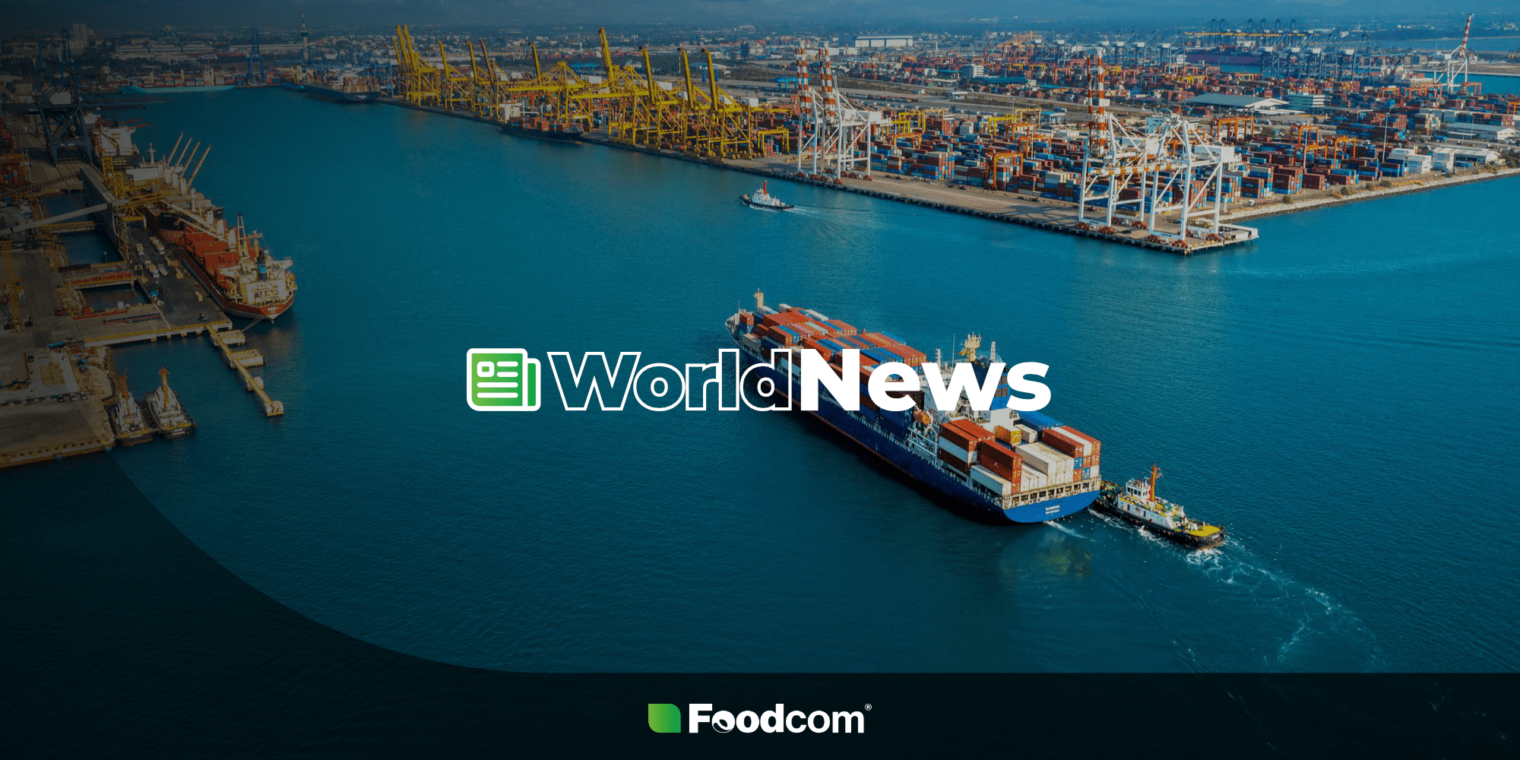- The US plans to build two huge dairy farms with a total of 40,000 cows.
- Canada warns of the risk of pollution of Lake Winnipeg and shared rivers.
- The matter is being dealt with by the International Joint Commission.
- The expansion of the American dairy industry may affect global trade in dairy products.
Dispute over megafarms
Tension is growing on the US-Canadian border over the construction of two massive dairy farms to house some 40,000 cows. Canadian authorities are sounding the alarm that the investments will be built in the catchment area of rivers flowing into Lake Winnipeg – a body of water already considered endangered due to increasing water pollution. The problem is not with a single reservoir, but with the entire Canadian water system, which for years has been confronted with an excess of substances that worsen the condition of land water. Any investment could exacerbate this crisis, especially a project as large as the one mentioned.
The dispute has gained international publicity and authorities in both countries are preparing to discuss possible transboundary consequences. The most emotional issue is that of infrastructure. Breeding waste is to be stored in open lagoons with an area equivalent to 52 football pitches without any municipal treatment system. This will significantly increase the intensity of the seepage of pollutants into the groundwater. And let us mention that not only nutrients are involved, but also antibiotics, hormones, bacteria or heavy metals.
Domino effect
The conflict, which started with a local investment, quickly grew into a topic of international importance. Even the International Joint Commission (IJC) became involved. The expansion of the US dairy sector could soon increase dairy exports and unbalance the global market. Canada, whose supply management system protects local producers, fears an influx of cheaper raw material from the south. There is also likely to be a reduction in the price of dairy powders and proteins in Asian and South American markets.
In the background, there remains the question of environmental costs, which could weigh on the competitiveness of the US sector in the long term. If the new regulations reduce production capacity or increase waste management costs, some contracts may be shifted to regions with more lenient regulations. In such a scenario, Oceania, where farming is cheaper and environmental requirements are less stringent, will gain in importance. The dispute between Washington and Ottawa thus becomes not only an environmental issue, but also a factor that could realistically reshuffle the balance of power in the global dairy trade.







